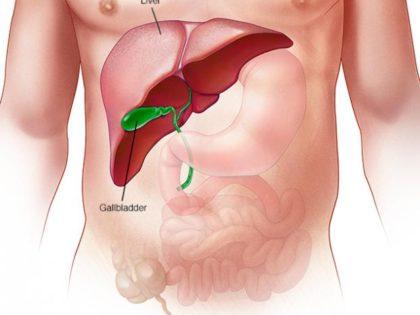7 Natural Techniques Of Pain Relief That Actually Work
5. Comfrey Extract
Comfrey root cream is another natural remedy that can help in pain relief. In fact, scientific research has also confirmed that it works. A recent study found that almost 95% of the participants who had back pain reported feeling significantly better when they’d applied comfrey root cream. Similar studies on people with arthritis and ankle sprains also came up consistent results.
Scientists say that the success of comfrey as a method of pain relief is because of the allantoin and rosmarinic acid it contains. Researchers have confirmed that allantoin helps speed up the growth of new skin cells, while rosmarinic acid reduces inflammation and soothes pain.
Comfrey root cream/extract is strictly only to be used tropically. Although it hasn’t been scientifically confirmed, it is said to act as a carcinogen when ingested.

6. Heat and Ice
Applying heat and cool to injured areas to reduce pain and inflammation is a technique that dates back ages and is still used widely. This because this is one technique that is almost always guaranteed to work! The quicker you start the process, the better the result will be, but you also need to be aware of the proper order to follow.
First, you’ll apply ice to the site of your injury for about 30 minutes, making sure to place a towel or cloth between the ice and your skin to prevent ice burn. The coldness will reduce the swelling and numb pain. After removing the ice, you should let your skin return to normal temperatures before applying a heat pad. This will relax any tightened muscles around the injured area and relieve soreness/stiffness.

7. Willow Bark
If you find that none of the techniques we discussed earlier work for you, you could try out some willow bark supplements. This natural remedy provides very similar results to aspirin, since its main compound, salicin, is closely related to acetylsalicylic acid or aspirin. Before the invention of aspirin, people would chew on willow bark to get relief from common ailments like fevers, pain, and inflammation. Today, you can also find dried willow bark, which you can use to make a soothing tea, in capsule form or willow bark liquid syrups.
Being similar to aspirin, willow bark also presents many of the same side effects even though it is natural. Overuse may lead to bleeding disorders, slower kidney function, or digestive issues. People who already take warfarin or anticoagulant medication should also avoid it. Children should not be given willow bark as it is hard to determine the right dose for them.

You May Like
-

15 Most Beautiful Women In The World
-

10 Clothes Middle-Aged Women Should Avoid
-

Before & After: 16 Amazing Celebrity Weight Loss Transformations
-

6 Early Signs Your Liver Is Damaged
-

6 Daily Habits That Are The Cause of Your Acne Problem
-

14 Cancer Symptoms You Are Most Likely To Ignore
-

10 Habits That Can Help Prevent Cancer In Young Adults
-

6 Health Symptoms You Should Never Ignore
-

20 Superfoods For People Over 40




